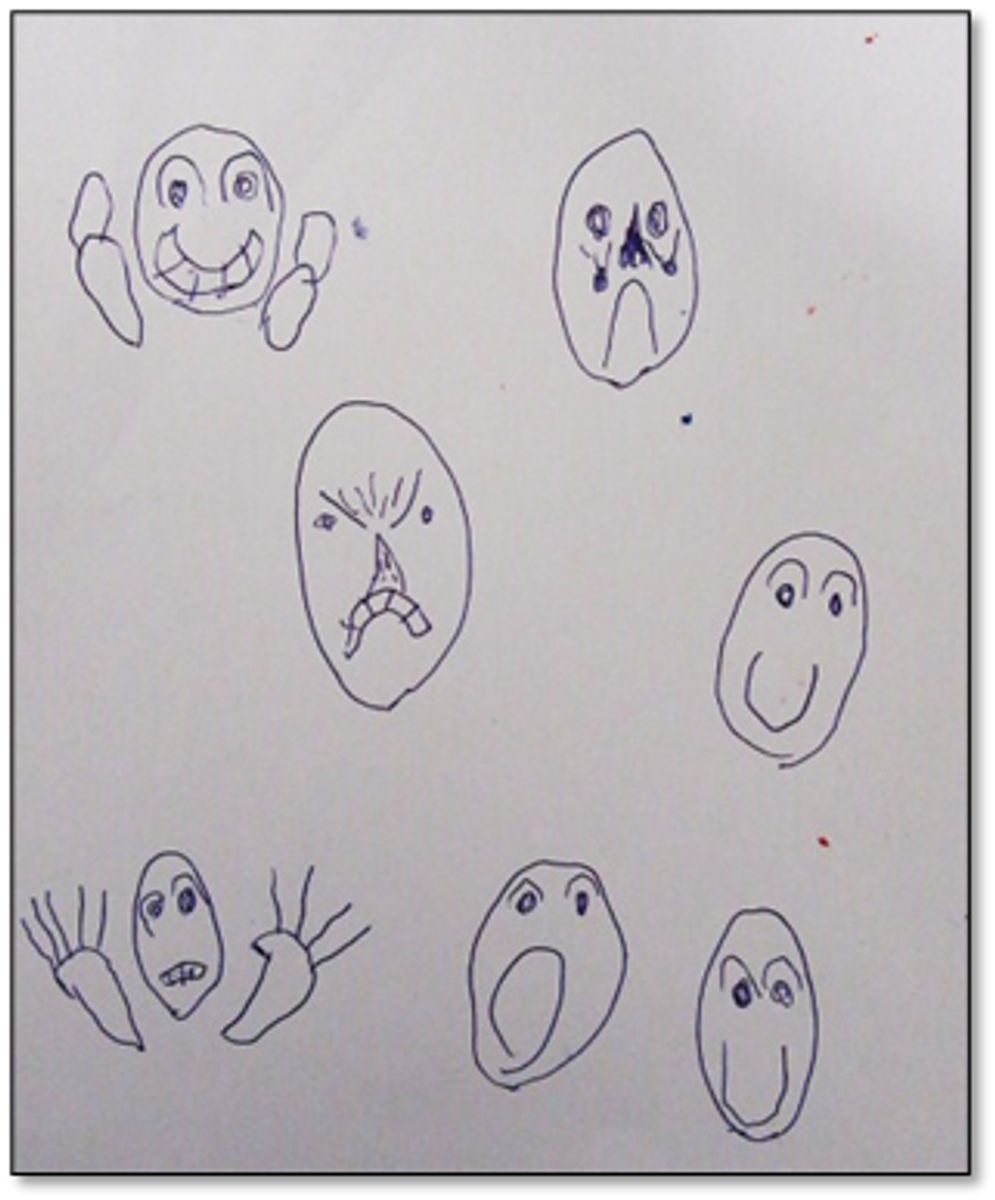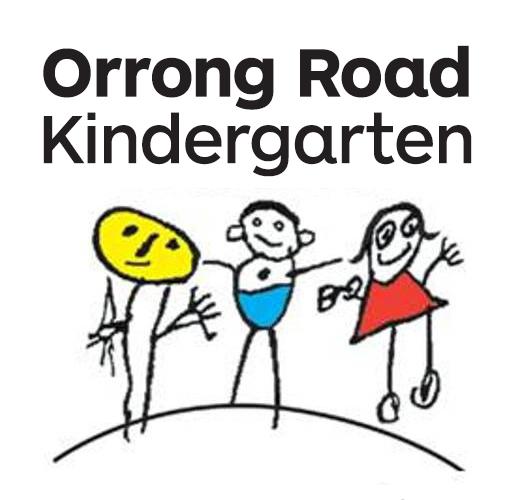GEKA Orrong Road
Add sub headingT
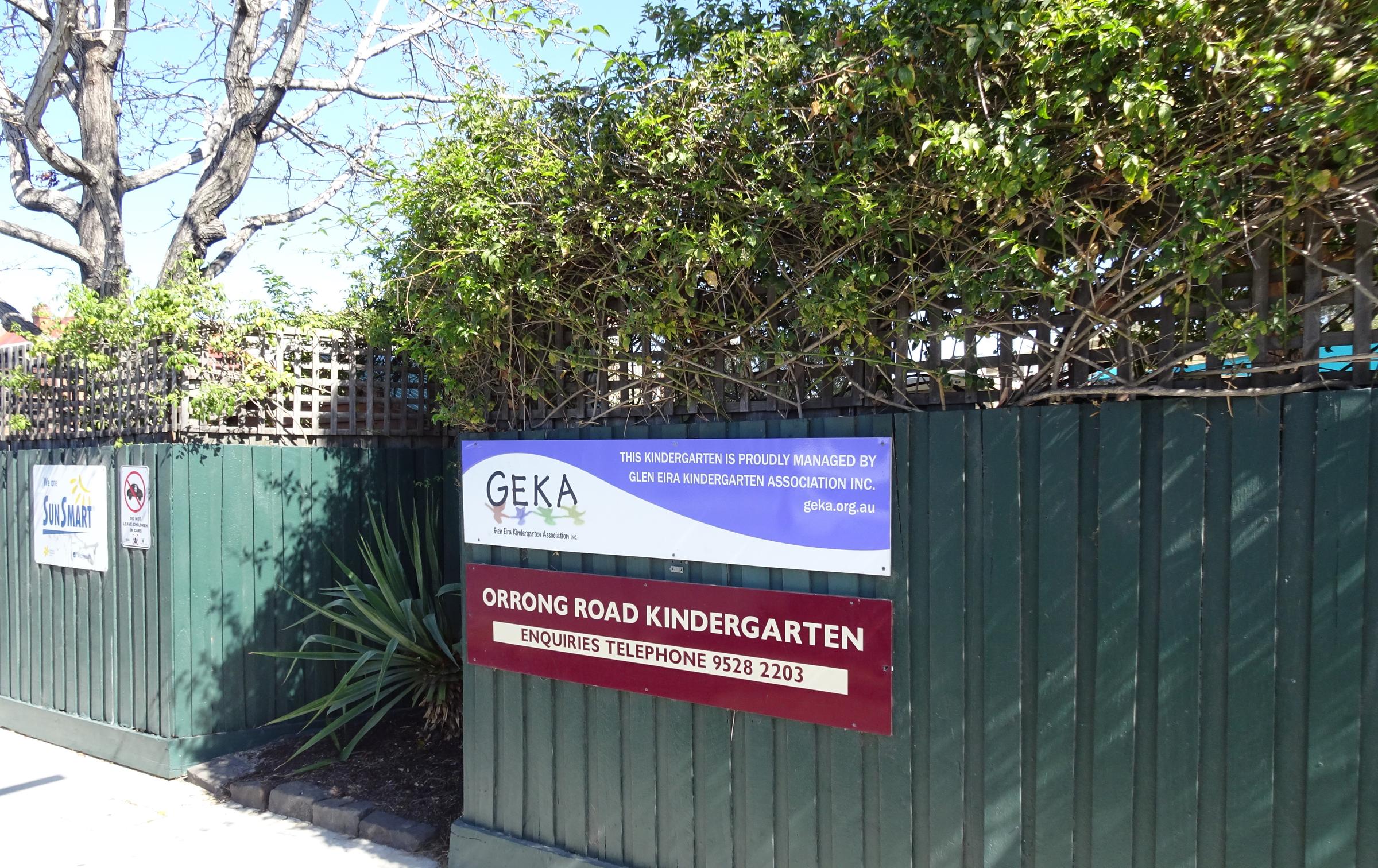
GEKA Orrong Road
Add sub headingT
Family Reflection
We have used the daily journal to help Patrick understand different feelings, using the emotions chart. We refer to it to help Pat in situations where he is feeling overwhelmed. We have also used the journal to help Pat to understand what things he looks forward to doing each week in the family weekly plan. It has helped us to keep a routine with Pat which is especially important for him as he often feels shy, overwhelmed and anxious when things are new, or he doesn’t understand the routine.
Melissa, Red Group Parent
Blue Group
Gratitude, Empathy and Mindfulness (GEM) are big concepts for young children to learn. It is a daily practice for us to highlight these for the children as they develop their understanding. We use lots of storybooks, modelling, conversation and acknowledgments to show how these ideas impact all of us. Our children are learning how to manage big feelings – anger, disappointment, sadness, joy, excitement etc., in a world that can sometimes be confusing or unpredictable – mindfulness can help them do this.
In Blue Group, we recently made our own mindfulness glitter jars, and asked the children what they might be useful for. Leo said “like if you’re feeling really angry or something, you could shake it really hard and then watch all the glitter go round and round and slowly go to the bottom and that’s like what’s happening inside and so it helps you calm down”.
Megan Miller, Blue Group Teacher


Toxic positivity – forcing oneself to be grateful for what one has, focusing only on the silver linings and not processing negatives emotions – is damaging for us, as it leaves us in emotional turmoil. Through The Resilience Project we are seeking to teach children that it’s okay to feel negative emotions such as sadness, anger and hurt, helping them to identify the triggers for these emotions, and helping them to process and express those emotions in a healthy way – essentially “you get what you get, and it’s okay to get upset – it’s how you deal with it that counts.”
Validating how someone feels, especially when they aren't feeling a positive emotion, goes a long way to help them feel safe, secure and supported. By giving children the tools to express themselves, we are empowering them to become emotionally strong and healthy individuals.
Tori Cooper, Blue and Red Group Educator
I believe that children are capable of recognising their own or other’s feelings, and able to learn a way to manage, express or share their emotions with their peers, educators and/or their families. However, it is not always easy even for us (adults) to cope with our emotions as our life changes from day to day.
At the beginning of this year, we decided to introduce yoga to the Red and Blue Group children, as one way to practice mindfulness. Over the last 7 - 8 months, our children have been practicing and enjoying yoga by listening to relaxing music, making animal poses, or simply closing their eyes and taking a deep breath. Practicing mindfulness has always been part of our program and children have been encouraged to reflect, regulate, and express (both verbally and non-verbally) their own feelings during and after their yoga session. Providing an opportunity for our children to share their feelings and thoughts with their peers or educators can also support them to be respectful and kind to others as they listen carefully to what their peers say, and try to understand each other’s feelings.
May Horikawa, Blue and Red Group Educator




We see more and more little acts of kindness are happening in our kinder. Maggie B and Willow L wanted to play with the same toy. Instead of fighting over it, they came to an agreement to use the sand clock to assist them with sharing and taking turns.
Issa wanted to join the group of children who were playing with blocks. Seeing all the blocks were used, Tommy kindly shared some of his blocks to Issa.
Annabelle was building a sandcastle in the sandpit and it was flattened when Clemmy accidentally stepped on it. Clemmy, with her own initiative, tried to build another sandcastle to replace the broken one. Annabelle said that she was a bit sad because her sandcastle was ruined but she was also happy because Clemmy apologized to her and built her another one.
These little acts of kindness and displays of empathy are growing stronger each day. We are so proud of our kinder children for trying their best to recognize their friends’ feelings and we hope this will lead them to be resilient children.
Yuliati Susilo, Blue Group Educator
Interviewing Jack - Blue Group, 29/07/21
What do you think about The Resilience Project activities that we have done so far?
Jack: They were fun, I liked doing yoga and lying down on the wood outside doing listening.
What is ‘Mindfulness’ to you?
Jack: Eating. And just breathe and sleep (closing his eyes).
How do you feel when you listen to your heart?
Jack: I feel calm and happy.
Purple Group
Learning about emotions and feelings has always been part of our curriculum. Apart from books that are related to emotions and feelings (‘In My Heart’, ‘Silly Billy’, ‘Words and Your Heart’, ‘The Invisible String’) being read over and over again to our children, storytelling by using children’s favourite kinder stuffed toys (Timmy the turtle, Sebastian and Sebrina) has also been an effective way to teach them how to self-regulate, to solve conflicts, or to show kindness and empathy towards others. This is demonstrated in the following reflection;
I had a perfect example of how our children show kindness and empathy when others are in need. Solene was playing in the sandpit and then had an argument with another child, which got her really upset. So she left the sandpit and sat on the wooden bench, about to cry. Before I could get up and go to her, Bo and Maeve quickly ran towards Solene and asked her what had happened. After hearing what Solene said, Bo and Maeve immediately said: “You can come play with us. Come.” Solene soon started smiling again and went with these two girls back to the sandpit. These three girls then played cooking food for families, pretending to be daddy, mummy, and sister. I was really amazed by how emotionally sensitive Bo and Maeve are towards others. The amount of empathy and kindness they show makes Solene feel much better in a second. And that is the true magic of friendship, kindness and connection.
Liang Li, Purple Group Teacher
Last week whilst sitting down for lunch one of the children was getting very close to another child. We asked her to sit back a little as she was in her personal space, and reminded her that we need to keep a distance because of the virus, especially when people are trying to eat their lunch. The child became upset as she thought she was in trouble. We explained to her why we asked her to move back a little and gave her a cuddle. The child she was next to turned around and also gave her a big cuddle and said “don’t worry I’m here, see I’m still here you just can’t sit on me, don’t worry you will be ok. See we can still talk to each other cause you make me feel so happy.”
Empathy also facilitates the development of social competence and enhances the quality of meaningful relationships. It helps them to build a sense of security and stronger relationships with other children, whilst also promoting good mental health and social harmony.
Marion Saavedra, Purple Group Educator
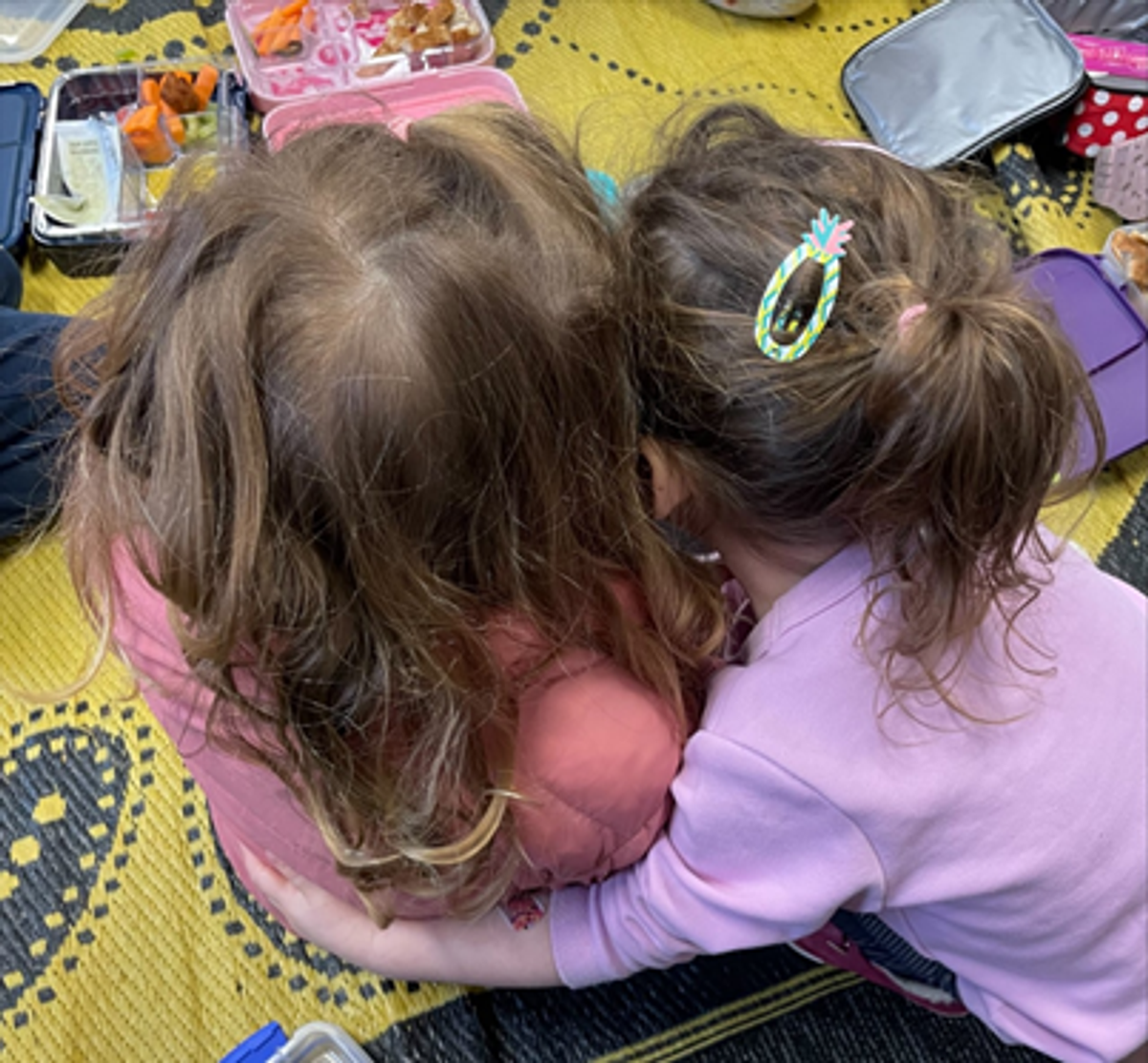

Red Group
My reflection is more of an observation of some strategies we regularly encourage children to use when they are dealing with various emotions;
Aylah had a tough time separating from her Mum that morning and Mum had told her that she would pick her up early that day. Around 10am Blake came to tell me that Aylah was upset because her mum said she would come early and she wasn't here yet. I asked Blake to please tell Aylah that her mum will definitely come earlier at the end of the day, but 10 o’clock was much too early to go home and we still had lots of the day to go. After a few minutes, when I had finished helping other children I went to see how Blake's message had been received by Aylah. As I approached the Lego area where they were playing, I heard Blake saying “try taking some deep breaths. IN..... and..... OUT..... IN..... and..... OUT..... that might help you to feel better”.
This was one of those moments where you feel immensely proud and inspired by the kindness and empathy some people show to others, and for no other reason than they simply want to try and help make another person feel a little bit better.
Maree Cust, Red Group Teacher
It is important that children learn about emotions, kindness, gratitude, empathy, and mindfulness. It is already embedded in our program, taught both with intention and spontaneously throughout each and every day. As educators we model, promote, reinforce and acknowledge words and acts of kindness every day, as we know it will spread amongst our class.
Kindness is contagious. Making connections between acts of kindness and their positive effects, builds a strong sense of belonging and self-esteem, where everyone is valued and worthy of giving and receiving kindness and compassion; a happy, positive, calm, respectful community inside our classroom and beyond.
Vanessa Ashman, Red Group Educator
Conversation with Henry and Patrick - Red Group, 28/07/21
So, we have been talking a lot about kindness, empathy and mindfulness lately. Why is it important to be kind?
Henry: Because it’s important to share and love with other people, because those people can do it the same to other people, and then it goes around and around.
What is ‘Gratitude’?
Patrick: It means you are thankful, like for going somewhere fun, like when I was thankful for going to Luna Park.
What does it feel like?
Patrick: It’s a nice, happy feeling.
Henry: I’m thankful for the world is the world because we can play and learn.
Why do we have to be kind to the world?
Patrick: We have to be kind to the world and not rubbish it. Because then the plants can grow, because then we can all have food.
Henry: The trees make air we have to breathe.
How do we be kind to the water?
Henry: Don’t throw your rubbish in the water because the animals will die, like the turtles eating the plastic bags.
Do you know what Empathy is? We all have feelings. Empathy is when you can see, feel and understand what another person is feeling. So, if someone was feeling sad, how would you know?
Patrick: So, if someone was feeling sad, you could do some funny dances to make them feel happy.
Henry: I know when someone is angry because their face looks like this…


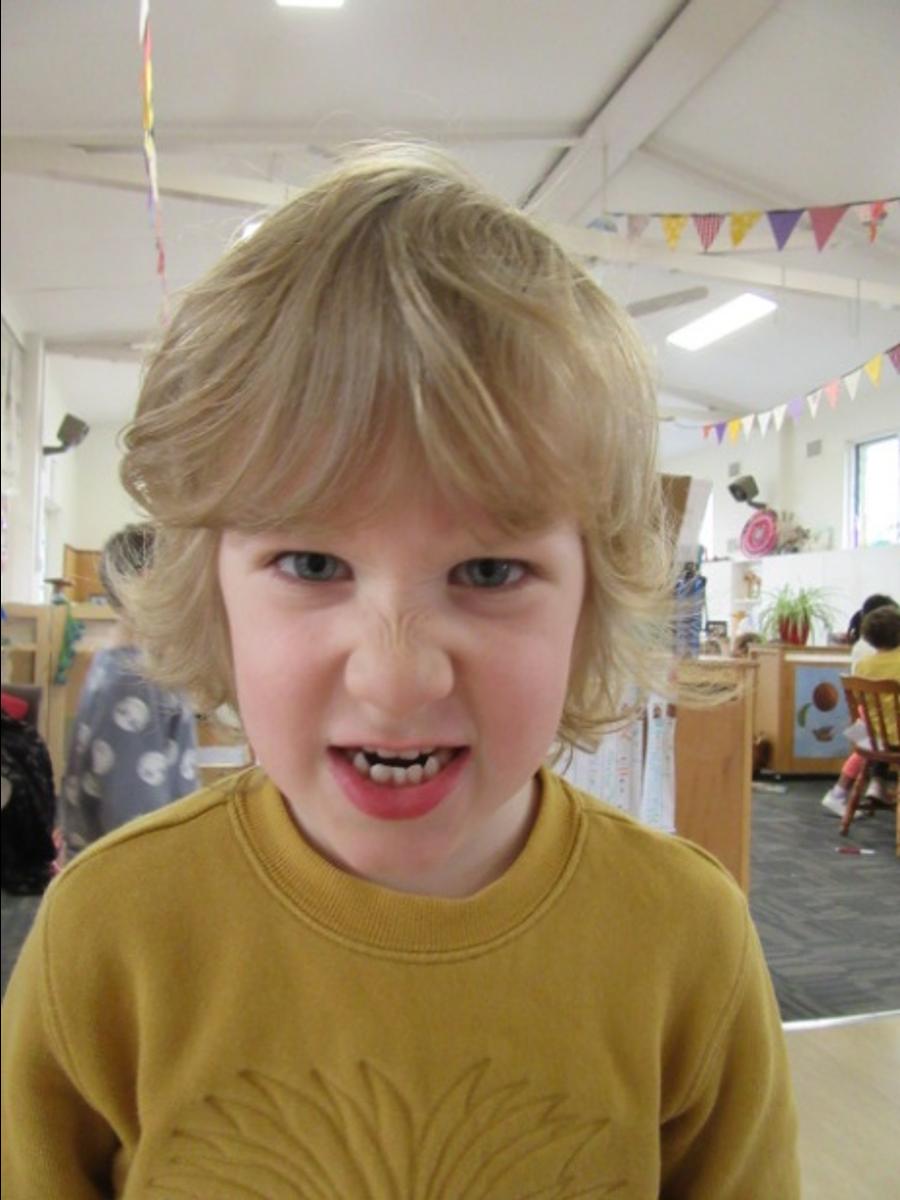

Henry and Patrick were invited to draw some pictures of faces with different emotions.
